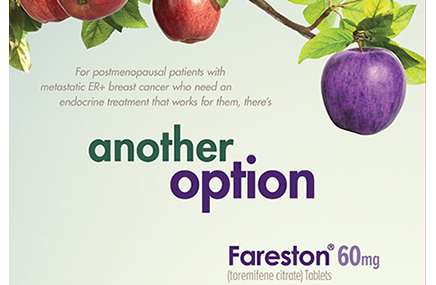Renavatio Healthcare Communications
Renavatio Healthcare Communications isn’t all that big on the notion of reinventing the wheel. When the firm was launched four years ago, its founders laid out a very specific plan: they would primarily serve biotech, medical device and specialty pharma brands, and they would serve those clients using a staff made up of seasoned execs. Specialty clients and a top-heavy staff. Pretty straightforward, right?
“From the outset we saw ourselves as an organization of steady, focused growth,” says principal, brand strategist Sheila Gerus. “We’re targeting a specific type of customer and we’re trying to grow with our existing clients. We might have expanded the breadth of our capabilities, especially when it comes to digital, but we’ve largely stuck to the original plan.”
That strategy appears to be working. Renavatio grew its revenues by 15% in 2012 and it is projecting a similar level of growth for 2013. On the new business front, the agency scored the AOR assignment for Ipsen’s Somatuline, a drug for the management of acromegaly and the symptoms that are caused by neuroendocrine tumors. It also added assignments from Amgen and Abbott, while an initial project for Akrimax Pharmaceuticals led to work on a handful of brands.
Gerus doesn’t overhype the rush of new business (“we’re getting there,” “we’re close to where we want it to be,” etc.), preferring instead to distinguish her shop from any number of others who have adopted a similar model in recent years. “We’ve positioned ourselves as brand-builders, but we haven’t put a stake in the ground about calling ourselves an ad agency or a med-ad agency or a digital agency or anything like that,” she explains. “We’re all about one thing: What is going to drive adoption for a particular brand? What is going to get us past that obstacle to adoption? It’s an adoption-centric philosophy.”
Which isn’t to say that the agency, a relative newcomer, has found it easy to present that case. Just like many other non-behemoth firms, Renavatio continues to contend with a range of network-related frustrations.
“Client brand teams want to use us more and more, but so many of the pharma companies have network preferences,” Gerus says. “We have all the pieces to help the brand teams out, but they have their hands tied by deals struck at a higher level. We’ve had to piece our way through that, which makes it a little slower going.” At the same time, Renavatio continues to bank goodwill for when those teams’ hands are untied: “A lot of the conversations start, ‘This is my situation. I have to deliver in four months. I don’t know what I need, but I know you can give me a project path.’ Being able to do that is invaluable.”
Gerus anticipates tackling a challenge of a different sort in the months and years ahead: keeping its experienced talent base stimulated. While the staff at Renavatio grew by three people during the last year—to 38 from 35—nearly all of those staffers arrived at the agency with a significant amount of high-level industry experience, whether on the science or marketing side of the coin.
“You’ll still see that sense of focus on new business, but it has to be interesting in a way that feeds this talent,” Gerus stresses. “We could have 85 employees focusing on a junior level or 35 employees functioning on a higher level. We’ve chosen the latter, and we don’t lower the bar.”
From the July 01, 2013 Issue of MM+M - Medical Marketing and Media







